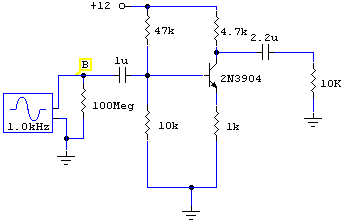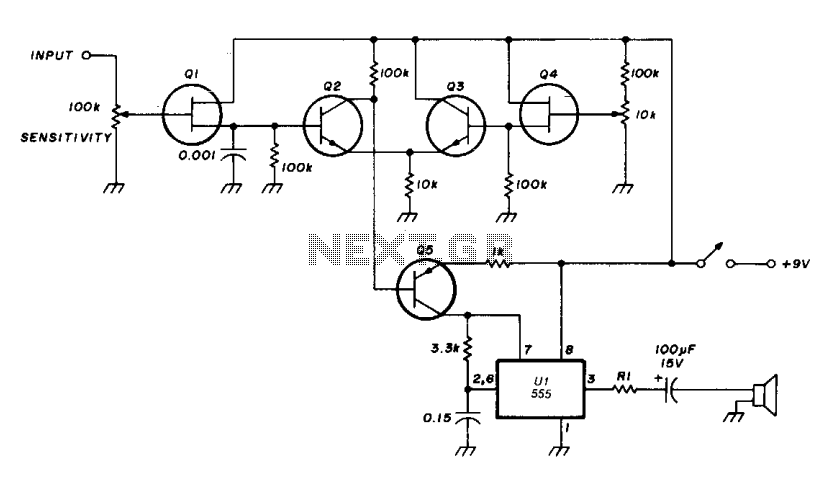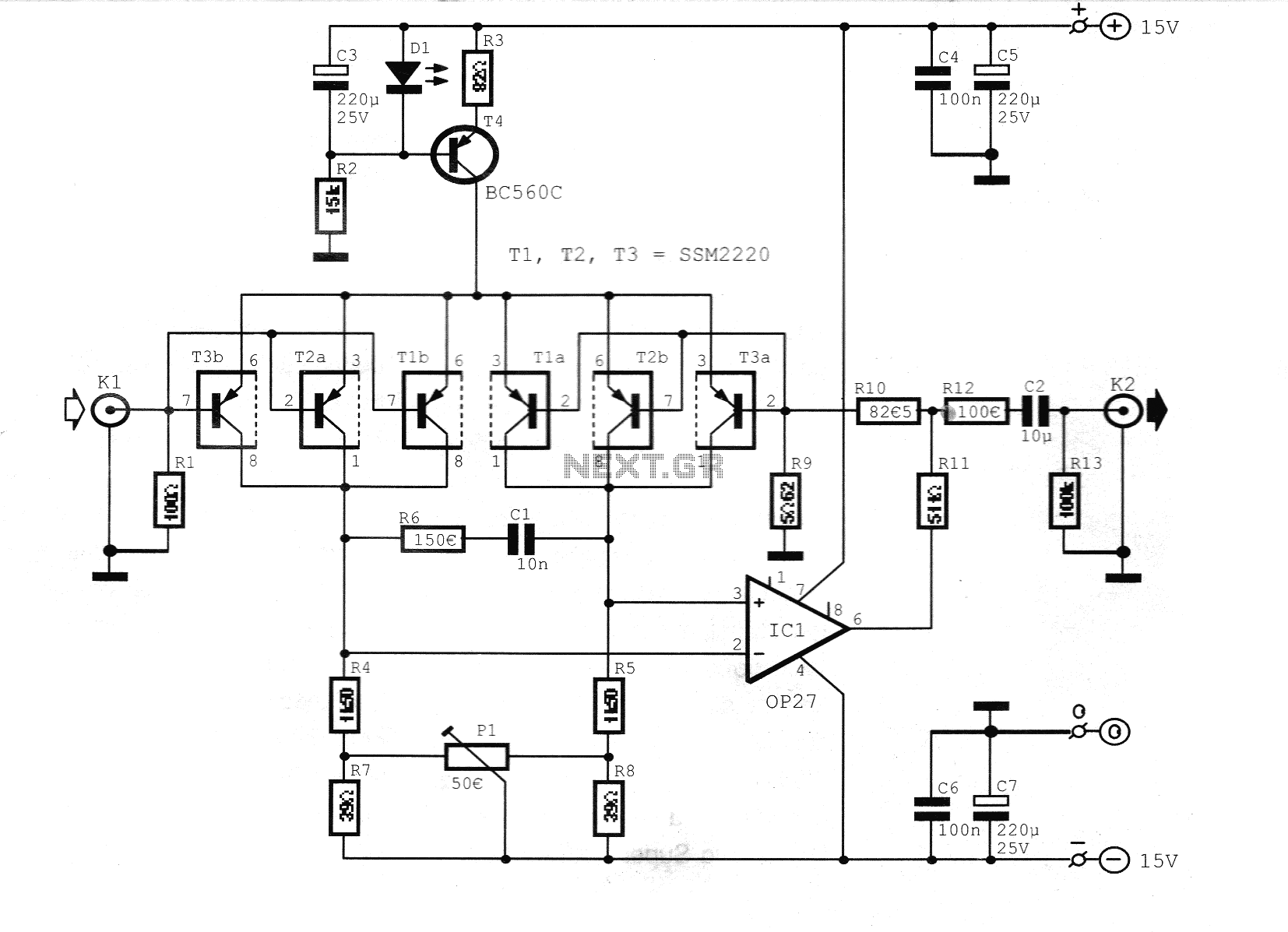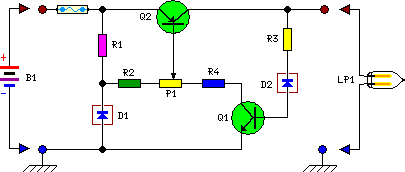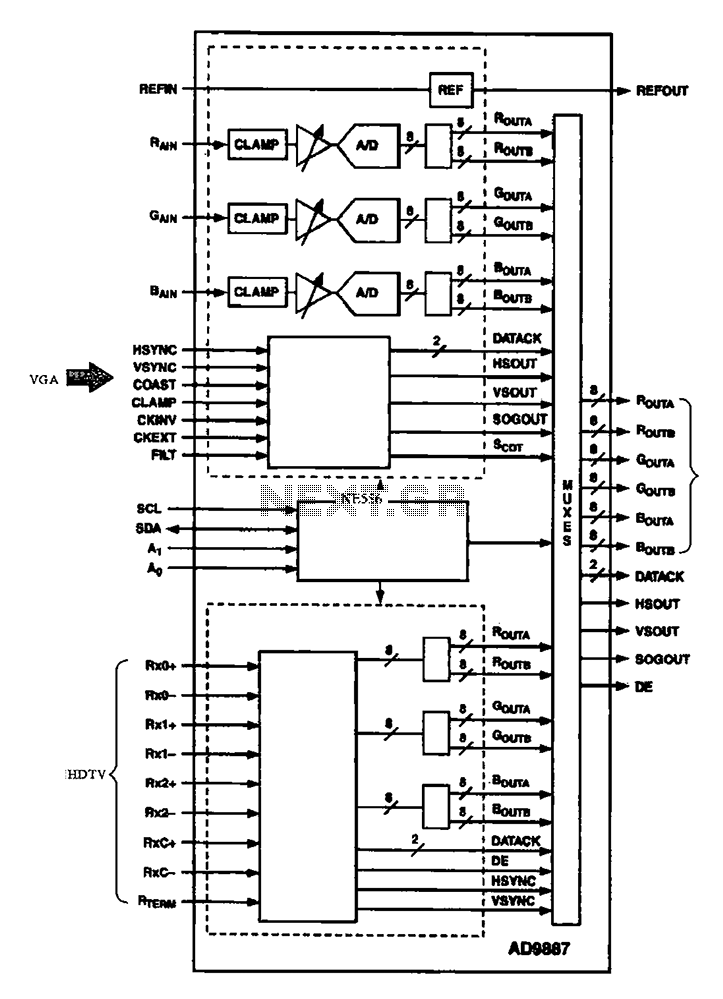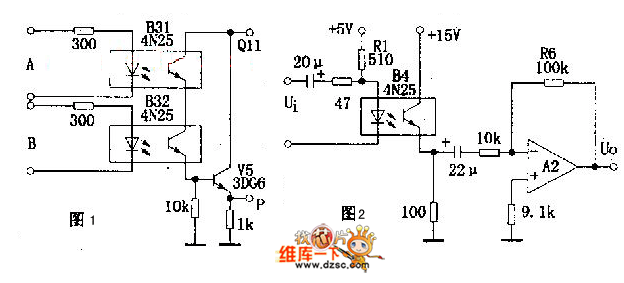
UHF Audio Video Sender Circuit
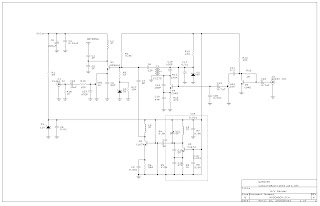
This audio-video circuit enables wireless audio and visual transmission to a television. The television functions as a receiver, eliminating the necessity for a separate monitor. It can also be connected to a VCR or CCD camera, and can be configured as a remote CCTV security system. Components Q3, VC1, C13, C16, and L3 form a Colpitts oscillator circuit that operates within a frequency range of 220 to 250 MHz. The frequency can be adjusted within this range by tuning VC1 or L3, while C13 modulates the signal rate; an increase in capacitance results in higher modulation. R9 and C16 provide biasing for the local oscillation. Reducing R9's value to 680 ohms will enhance the oscillator's output level. Q2 and L2 serve as a frequency doubler. The mixer, composed of C7, the IF transformer FCZ7S3R5, transistor Q4, capacitors C14 and C19, and resistor R12, combines both audio and visual signals into a single output, which is then transmitted through RF amplifier Q1 to the antenna. Adjusting the trimmer on VC1 changes the frequency, requiring a corresponding change in the television's channel. The use of a spectrum analyzer is recommended for easier tuning of the A/V sender to the correct frequencies. For instance, tuning to 474 MHz corresponds to UHF channel 14 on the television. The IF transformer is essential for synchronizing the audio and video frequency levels. If the television's image appears blurry, the IFT can be adjusted for finer image clarity.
This wireless audio-video transmission circuit is designed to facilitate seamless integration of audio and visual signals for various applications, including home entertainment and security systems. At its core, the circuit employs a Colpitts oscillator, a type of oscillator known for its stability and ease of frequency adjustment, which is critical for maintaining the integrity of the transmitted signals. The components involved in the oscillator—Q3, VC1, C13, C16, and L3—work in concert to achieve the desired frequency range of 220 to 250 MHz. The tuning elements, VC1 and L3, allow for precise adjustments, enabling users to find the optimal frequency for their specific setup.
The modulation of the signal is achieved through the capacitor C13, which plays a pivotal role in determining the modulation depth. The biasing provided by R9 and C16 is crucial for ensuring that the oscillator operates within the desired parameters, and adjusting R9 influences the output level significantly, enhancing the overall performance of the circuit.
The frequency doubler stage, consisting of Q2 and L2, is important for increasing the frequency of the signal, thereby allowing for better transmission quality. The mixer stage, which combines audio and visual signals, is essential for creating a unified output that can be transmitted effectively. The use of an IF transformer, FCZ7S3R5, is vital for ensuring that the audio and video signals are synchronized, which is key for maintaining the quality of the output.
To optimize the performance of this circuit, users are encouraged to utilize a spectrum analyzer. This tool assists in accurately tuning the transmitter to the desired frequency, ensuring compatibility with the television's reception capabilities. Adjustments to the IFT can also be made to refine the output quality, particularly in cases where the image may appear unclear. Overall, this circuit represents a versatile solution for wireless audio and video transmission, catering to a variety of user needs in both entertainment and security contexts.This audio-video circuit provides you with wireless audio and visual transmission to a TV. The TV acts as a receiver, eliminating the need to buy a separate monitor. You can also hook it up to a VCR or CCD Camera, and even set up a remote CCTV security system! Q3, VC1, C13, C16 and L3 all make up a colpitts oscillator circuit that fluctuates form 220~250MHz. You can regulate the frequency to any value within this threshold by tuning VC1 or L3. C13 modulates the signal rate. When the capacitance increases, so does the modulation. R9 and C16 bias the local oscillation. If you lower R9`s frequency to 680W the oscillator`s output level will increase. Q2 and L2 act as a frequency doubler. C7, along with FCZ7S3R5 (IF transformer), the Q4 transistor, C14, C19 and R12 all make up the mixer. This mixer takes both audio and visual signals together and "mix" them into one and passes through RF Amplifier Q1 to transmit the signal to the antenna. Turning the blue component`s trimmer on VC1 varies the frequency. When we turn the trimmer, the television`s channel has to be changed accordingly. It is easier to tune the A/V Sender if you have a spectrum analyzer to help you find the correct frequencies.
If the frequency is tuned to 474 MHz then this would be the equivalent of your TV`s channel 14 UHF band. The IF transformer is used to synchronize the audio and video frequency`s level radio. If the TV`s image is too blurry then you can adjust the IFT to fine-tune the image. 🔗 External reference
This wireless audio-video transmission circuit is designed to facilitate seamless integration of audio and visual signals for various applications, including home entertainment and security systems. At its core, the circuit employs a Colpitts oscillator, a type of oscillator known for its stability and ease of frequency adjustment, which is critical for maintaining the integrity of the transmitted signals. The components involved in the oscillator—Q3, VC1, C13, C16, and L3—work in concert to achieve the desired frequency range of 220 to 250 MHz. The tuning elements, VC1 and L3, allow for precise adjustments, enabling users to find the optimal frequency for their specific setup.
The modulation of the signal is achieved through the capacitor C13, which plays a pivotal role in determining the modulation depth. The biasing provided by R9 and C16 is crucial for ensuring that the oscillator operates within the desired parameters, and adjusting R9 influences the output level significantly, enhancing the overall performance of the circuit.
The frequency doubler stage, consisting of Q2 and L2, is important for increasing the frequency of the signal, thereby allowing for better transmission quality. The mixer stage, which combines audio and visual signals, is essential for creating a unified output that can be transmitted effectively. The use of an IF transformer, FCZ7S3R5, is vital for ensuring that the audio and video signals are synchronized, which is key for maintaining the quality of the output.
To optimize the performance of this circuit, users are encouraged to utilize a spectrum analyzer. This tool assists in accurately tuning the transmitter to the desired frequency, ensuring compatibility with the television's reception capabilities. Adjustments to the IFT can also be made to refine the output quality, particularly in cases where the image may appear unclear. Overall, this circuit represents a versatile solution for wireless audio and video transmission, catering to a variety of user needs in both entertainment and security contexts.This audio-video circuit provides you with wireless audio and visual transmission to a TV. The TV acts as a receiver, eliminating the need to buy a separate monitor. You can also hook it up to a VCR or CCD Camera, and even set up a remote CCTV security system! Q3, VC1, C13, C16 and L3 all make up a colpitts oscillator circuit that fluctuates form 220~250MHz. You can regulate the frequency to any value within this threshold by tuning VC1 or L3. C13 modulates the signal rate. When the capacitance increases, so does the modulation. R9 and C16 bias the local oscillation. If you lower R9`s frequency to 680W the oscillator`s output level will increase. Q2 and L2 act as a frequency doubler. C7, along with FCZ7S3R5 (IF transformer), the Q4 transistor, C14, C19 and R12 all make up the mixer. This mixer takes both audio and visual signals together and "mix" them into one and passes through RF Amplifier Q1 to transmit the signal to the antenna. Turning the blue component`s trimmer on VC1 varies the frequency. When we turn the trimmer, the television`s channel has to be changed accordingly. It is easier to tune the A/V Sender if you have a spectrum analyzer to help you find the correct frequencies.
If the frequency is tuned to 474 MHz then this would be the equivalent of your TV`s channel 14 UHF band. The IF transformer is used to synchronize the audio and video frequency`s level radio. If the TV`s image is too blurry then you can adjust the IFT to fine-tune the image. 🔗 External reference
